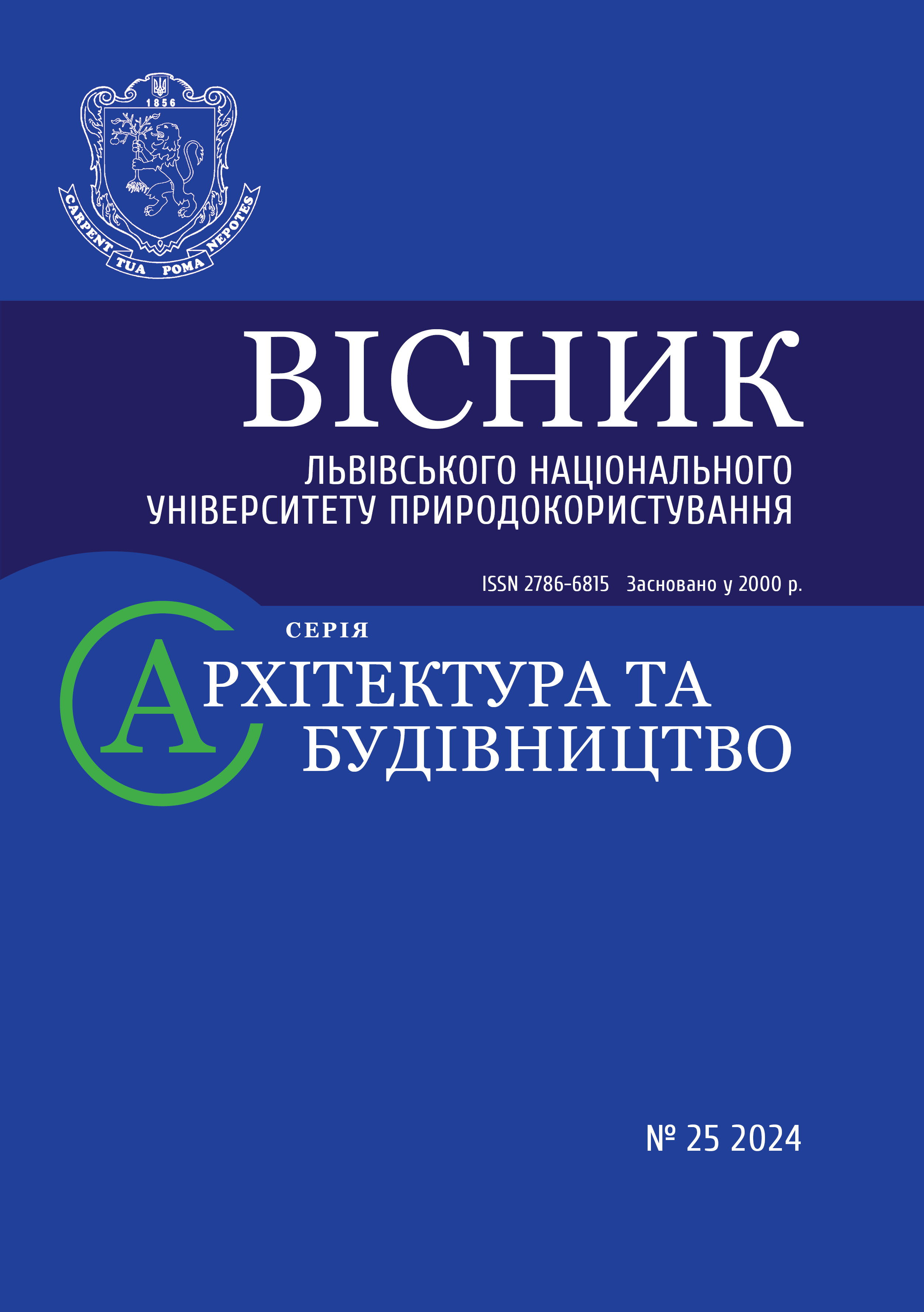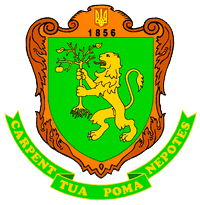SATELLITE DATA PROCESSING METHODOLOGY
DOI:
https://doi.org/10.31734/architecture2024.25.178Abstract
It is established that remote sensing data processing is the process of performing operations on satellite images, including their correction, transformation, improvement, decoding and visualization. The main stages of space image data processing include preliminary and thematic processing, where the first one is the correction and improvement of the satellite image. The study presents the method of processing the Sentinel-1 radar satellite image channels in the SNAP program. The sequence of the space image processing procedure involves the determination of informative spectral channels of satellite images; image correction (spectral, geometric, radiometric); masking of clouds and lost data in images in specified channels, atmospheric correction; determination of local spectral features of the surface, visual decoding; semi-automatic or automatic decryption; clarification of decryption results taking into account regional features, as well as application of complex decryption rules; assessment of decoding accuracy; obtaining research results. Pre-processing of Earth remote sensing data includes geometric, radiometric, and atmospheric correction of the image, geographic reference of the image from the Copernicus Browser resource, received from the artificial satellite Sentinel-1, for the period from June 19, 2024, to July 19, 2024, for the territory of Zhovtantsi territorial community of Lviv region. Thermal noise removal was performed for the research object in the SNAP program after performing the Thermal Noise Removal step. Aligned the orbit file using the Apply Orbit File tool. SAR Simulation Terrain Correction was used to perform terrain correction. After processing a satellite image of the territory of the Zhovtantsi territorial community of Lviv region, an RGB image was created in the SNAP program to assess the territory according to the state of its use following the intended purpose of the land.
References
Babiichuk S., Davybida L., Pikul S., Tomchenko O. Radar research in DZZ. Practical work 1. Radar data in EO Browser. URL: https://doi.org/10.5281/zenodo.10436157 (Accessed July 10, 2024).
Dovhyi S. O., Lialko V. I., Babiichuk S. M., Kuchma T. L., Tomchenko O. V., Yurkiv L. Ya. Fundamentals of remote sensing: history and practical application: training. manual. Kyiv, 2019. 316 p.
Kasim M. M., Yasenev S. O. Possibilities of processing and using GIS-based remote sensing data. Ecological safety. 2012. No 1. P. 156.
Luis Veci. ALOS PALSAR Orthorectification Tutorial. URL: https://step.esa.int/docs/tutorials/ALOS%20PALSAR%20Orthorectification%20Tutorial.pdf (Accessed July 10, 2024).
Prasul Yu. I., Kopanishyna K. M. Remote sensing. Work with aerial and space photographs (materials for module 2). Kharkiv, 2009. 51 p.
SNAP. URL: https://step.esa.int/main/toolboxes/snap (Accessed July 10, 2024).
STEP – Scientific Toolbox Exploitation Platform. URL: https://step.esa.int/main/ (Accessed July 10, 2024).
Tarariko O. H., Syrotenko O. V., Ilienko T. V., Kuchma T. L. Agro-ecological satellite monitoring. Kyiv: Agrar. science, 2019. 204 p.
Сopernicus browser. URL: https://browser.dataspace.copernicus.eu/ (Accessed Jule 10, 2024).


